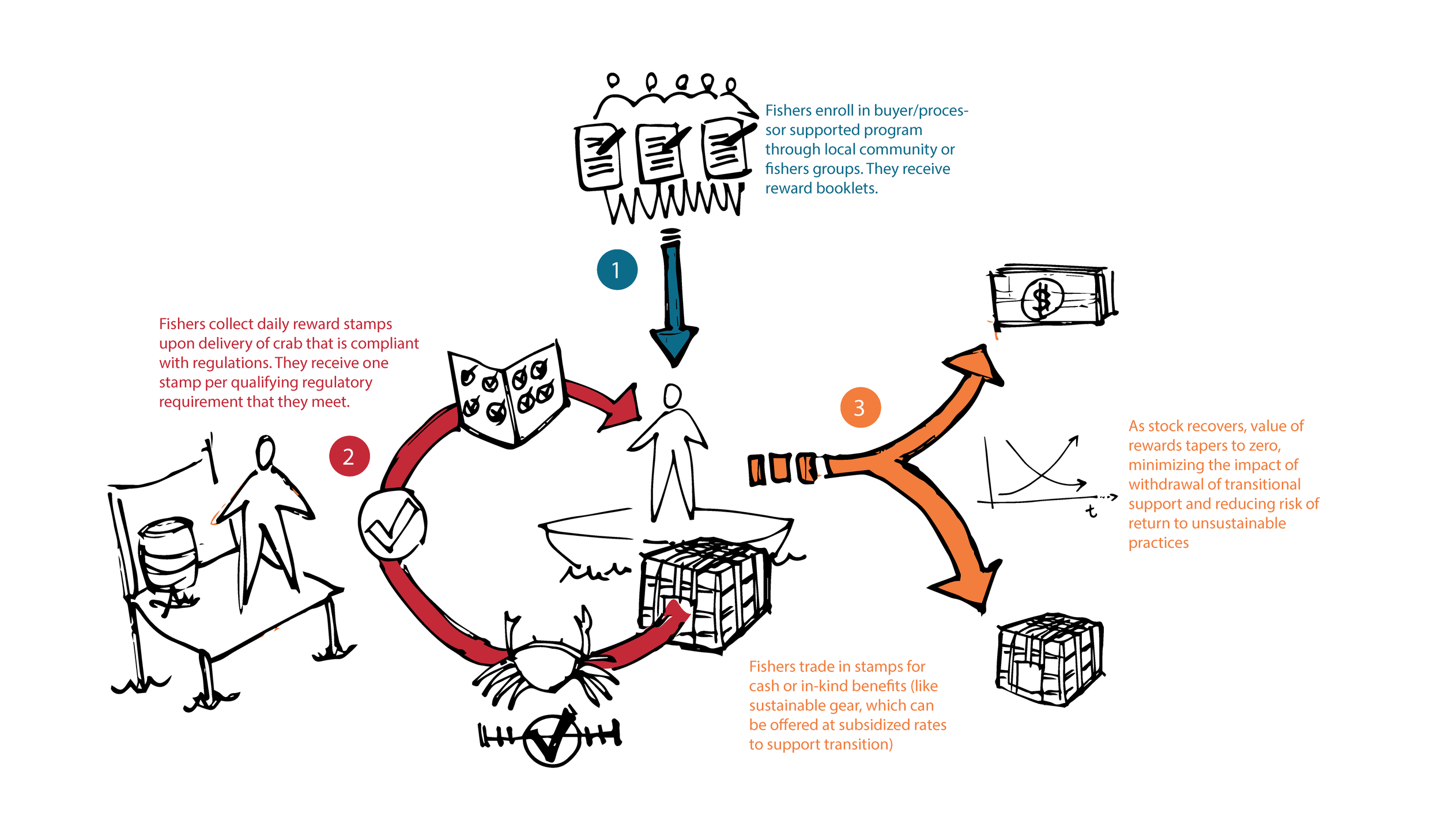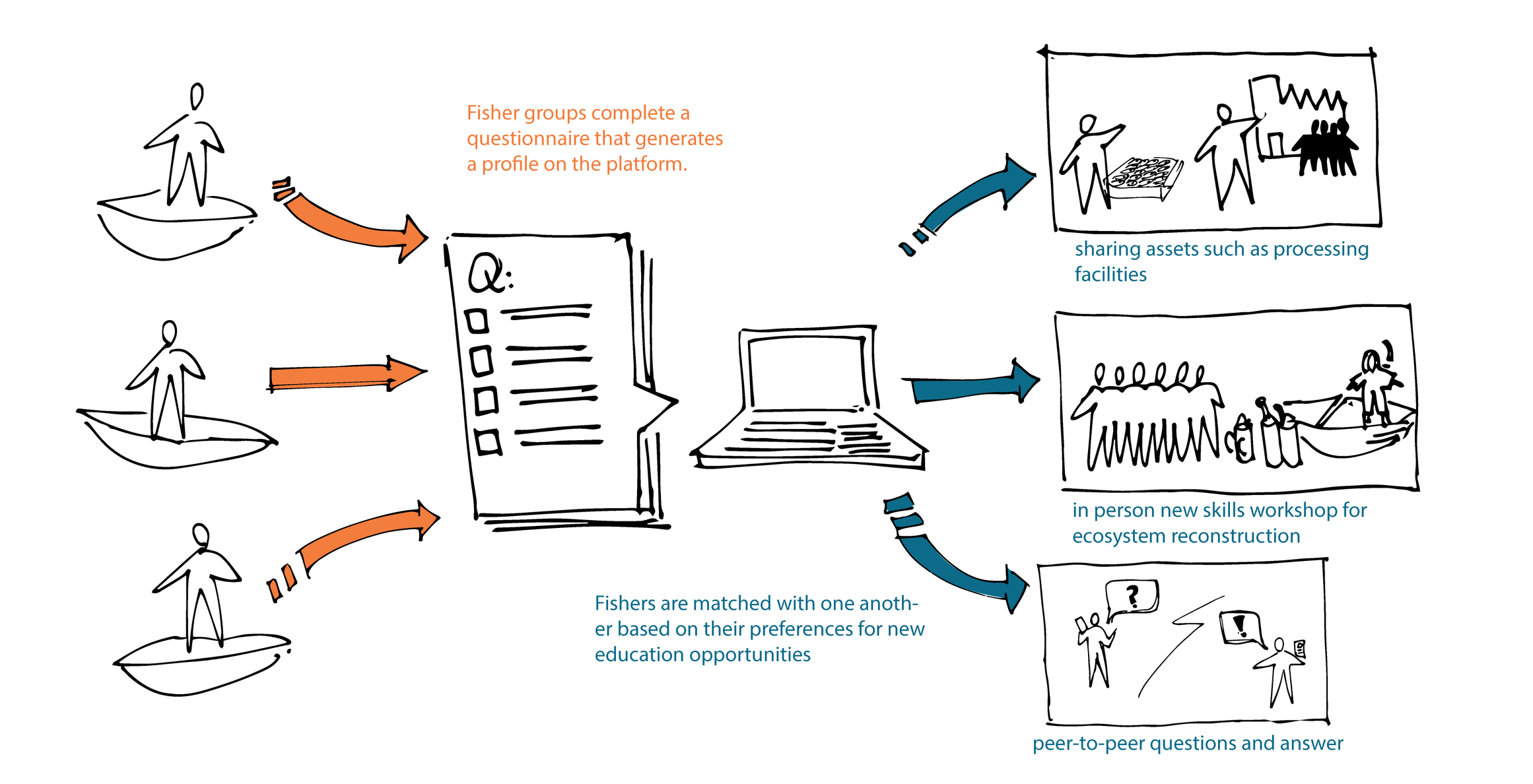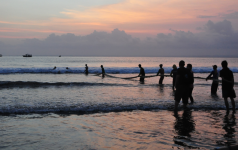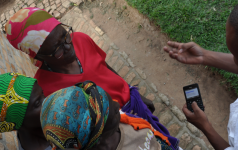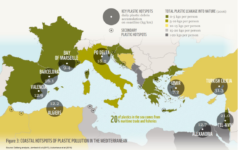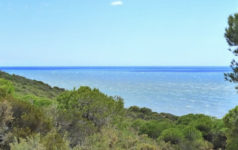Dalberg uses cookies and related technologies to improve the way the site functions. A cookie is a text file that is stored on your device. We use these text files for functionality such as to analyze our traffic or to personalize content. You can easily control how we use cookies on your device by adjusting the settings below, and you may also change those settings at any time by visiting our privacy policy page.
URGENT NEED
Making small-scale fisheries sustainable is an urgent ecological, economic and social challenge.
Ocean fisheries are one of our most important and resilient resources, yet they are in crisis. Nearly 40% of fisheries have collapsed or are overexploited, risking the livelihoods and food security of billions of people and pressuring countless species in the world’s most bio-diverse waters.
In many ways, small-scale fisheries present the greatest test of our collective will and ingenuity. They produce over half of the world’s catch and employ 90% of fishers, most of whom are poor and highly vulnerable given the critical state of fish stocks, marine ecosystems, and dependent coastal economies. Yet, there is tremendous upside to gain.
Sustainable management would increase local yields by more than 40% on average over current levels, helping capture a large part of the $50 billion of value that goes unrealized every year.
THEORY OF CHANGE
Dalberg Design believes that innovative solutions place fishers at the center of sustainability, empowering them to share in the responsibilities and rewards of stewardship
We believe that securing fisher livelihoods and expanding opportunities for collective action is the best way to build partnerships with fishers and their communities to secure marine resources for future generations.
Through participatory and immersive human centered design, Dalberg Design worked with fishers, government and industry stakeholders to create innovative solutions for small-scale fisheries management. We prototyped, tested and refined solutions anchored in deep insights into fisher values, needs, behaviors and motivations. We used ecosystem mapping, value-chain analysis and business modeling to create financial models, success metrics and staging plans to support the piloting of the most promising solutions.
FISHERIES & THE HUMAN CENTERED DESIGN PRACTICE
Small-scale fishers are rarely placed at the center of fisheries management strategies and their needs often go unmet. This diminishes their critical ability to act as stewards of marine resources and undermines sustainability efforts.
Dalberg Design applies human centered design to fisheries so that small-scale fishers and their communities can share in the responsibilities and rewards of sustainable management.
UNDERSTANDING FISHER NEEDS
Focusing on fishers as the primary drivers of sustainability enables us to contextualize and build solutions for real people that can work in the context of their daily lives.
Unfortunately, in small-scale fisheries, little progress has been made because solutions for sustainability fail to address fishers needs. In many small-scale fisheries government and industry has failed to create and enforce effective regulations. Interventions must rely on fishers to make the necessary investments and changes for sustainability.
Yet, small-scale fishers rarely can afford to throw back catch, buy invest in sustainable gear, or test new fishing techniques when the pay-off is long-term and uncertain. Many struggle to put food on the table and keep their children in school.
Poor fishers need to see immediate benefits from their investments in sustainability if they are to take a leading role in marine stewardship.
MEET THE FISHERFOLK
Steady Builder
The Steady Builder has a long term commitment to fishing as his primary income. The diverse income streams and social safety net fishing provides helps him secure his family’s future. He is diligent about keeping his costs down and carefully plans for low seasons and the unexpected.
Team Leader
The Team Leader recognizes the importance of collaboration and exercises collective power to advance community interests. He is driven by the agency and social social status fishing affords, and seizes the opportunity to lead his community to secure resources and insure against risks.
The Nomad
During lean times, the Nomad will resort to travel to find work and earn money. Driven by debt, low seasons and price volatility, he seeks out opportunities in new fisheries, sometimes working far from home and under harsh conditions for little pay.
The Opportunist
The Opportunist is willing to work outside formal institutions (and often rules) to pursue larger gains. He leverages the independence fishing affords to seize opportunities to get ahead, whether by cultivating new income streams, securing better routs to market, or cutting his operational costs.
The Elder Sage
The Elder Sage spends less time on the water than younger fishers, but he has a wealth of expertise and enjoys respect in the community. Drawing on the social safety net fishing affords and his status in the community, he works to improve the community through local initiatives.
Solutions for sustainability must align incentives across the key stakeholders in the small-scale fisheries ecosystem. Dalberg Design engaged BSC stakeholders across sectors to insure our research and design work supports ongoing sustainability efforts across the fishery. These working sessions helped us develop the interventions that follow.
OPPORTUNITY AREAS
Focusing on fishers as the primary drivers of sustainability enables us to contextualize and build solutions for real people that can work in the context of their daily lives
Each of the solutions that follow place fishers and their communities at the center of sustainable management and suggest compelling new ways that industry stakeholders, governments, and donors can align their interests and partner with fishers to support the transition to sustainable practices.
1. Empowering Fishers
Offering a menu of benefits to fishers to as they transition to sustainable fishing practices will accelerate fisher buy-in and increase individual responsibility for changes on the water
2. Supporting Collective Action
Strengthening community-based fisher collectives will build local capacity that can take a leading role in sustainable management of local marine resources
3. Market Driven Finance
Providing affordable financing will improve fishers’ profit margins and make the necessary material investments to transition to sustainable practices
4. Enhanced Data Collection
Improving collection and use of data can enable government, industry and fishers to build and implement efficient and effective plans for sustainable management
5. Capturing Price Premiums
Delivering price premiums to fishers and their communities for sustainably sourced seafood will help incentivize fishers to invest in sustainable catch
OPPORTUNITY 1: EMPOWERING FISHERS
Empowering fishers to share in the responsibilities and rewards of marine stewardship can make them the main drivers of the transition to sustainability
Advancing sustainability requires fishers take a leading role in stewardship of marine resources. However, the cost of transitioning to sustainable practices is high. Poor fishers often cannot afford to forgo catch while stocks recover or to make the material investments necessary for sustainability.
Providing fishers financial support by rewarding sustainable behaviors during a transitional period can enable them to invest in and practice stewardship.
Solution Pilot: Fisher Stewardship Program
Value Proposition
The Fisher Stewardship Program (FSP) provides temporary income support through direct cash transfers and subsidized sustainable gear to fishers who adopt sustainable fishing practices. The program secures fisher livelihoods through a transitional period until stock recovery takes hold, enabling them to adapt practices and invest in sustainability.
Returns to Industry & Government
- Secure supply of marine products
- Demonstrated commitment to environmental stewardship and local communities that can be leveraged to build brand and market value
- Improved data collection to support more efficient production, better handling and processing, and more effective marine resource management
Market Drivers
- Supports industry, government and other stakeholders to mitigate the risk of fishery collapse
- Secures valuable fish stocks and dependent value chains
- Assists industry to incentivize supply chain development for sustainably-caught fish
- Adds value to catch through improved branding and marketing
OPPORTUNITY 2: FOSTERING COLLECTIVE ACTION
Strengthening community-based fisher collectives builds local partners in sustainability
Healthy and sustainable small-scale fisheries grow from expanding the collective power of fishing communities and encouraging local stewardship of marine resources. Collectives deliver benefits for members by undertaking initiatives that increase operational efficiency and strengthen bargaining power to capture higher margins. Collectives that support members to fish sustainably can increase overall yields securing member livelihoods and bolstering community resilience.
By investing in collectives and enhancing their ties to member fishers, we can strengthen their capacity to support sustainability and grow benefits. Strong fisher collectives make for powerful partners in sustainability.
Solution Pilot: Fisher Knowledge Sharing Platform
Value Proposition
The Fisher Knowledge Sharing Platform helps fishers and their collectives share skills to diversify income streams, improve operational efficiency and safety, and connect directly to buyers willing to pay premiums for sustainable practices and high quality catch.
Market drivers
- Facilitates the growth and diversification of sources for buyers
- Strengthens resilience of fishing communities through shared learnings that diversify catch, reduce operational costs, add market value, and facilitate market connections
Returns to Industry & Government
- Helps strengthen local partners for sustainable fisheries management
- Disseminates best practices and increase the reliability and quality of catch
- Helps meet demand for sustainable seafood, which captures price premiums
- Helps reduce costs
Images
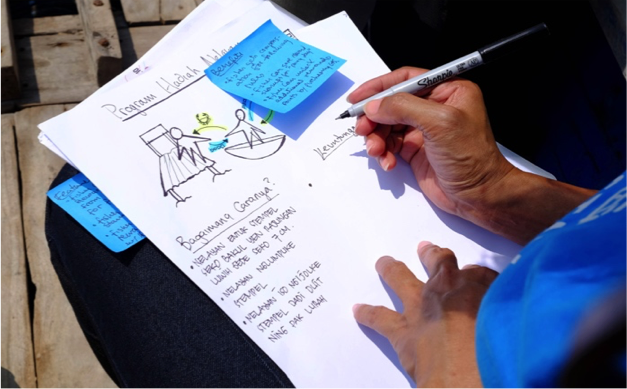

Infographic

